- 31 January 2024
- 166
Wound Care Basics: Cleaning Injuries Safely and Effectively
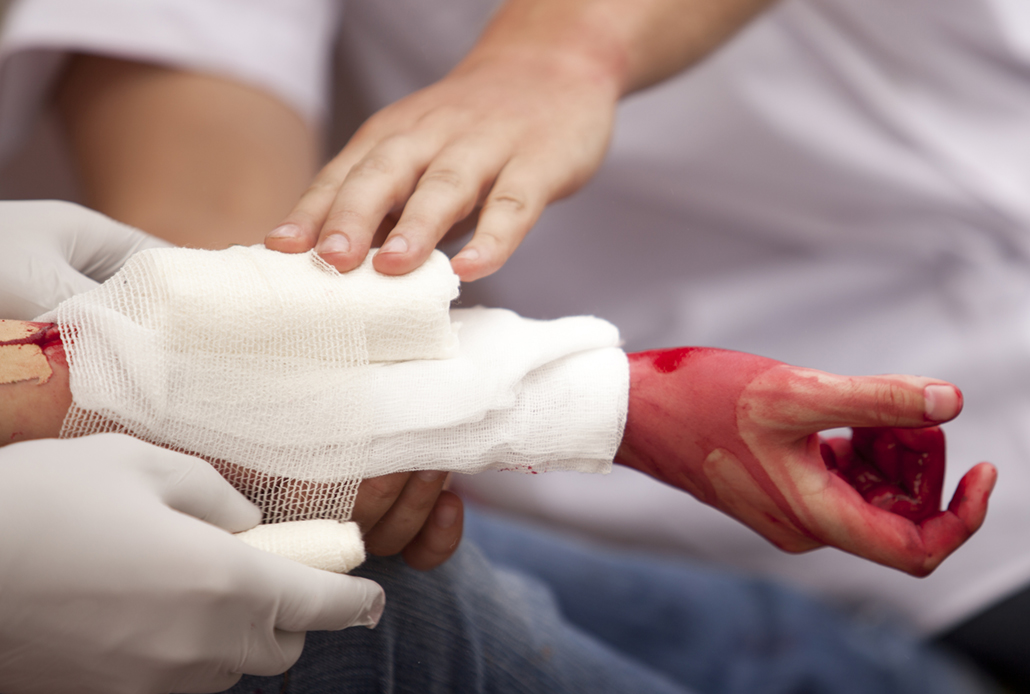
Introduction:
Accidents and injuries are part of life, and knowing how to administer first aid for cuts, scrapes, and burns is a fundamental skill. In this comprehensive guide, we’ll delve into the details of each step, providing you with the knowledge to confidently handle common wounds at home.
Step 1: Wash Your Hands
One of the most crucial aspects of wound care is maintaining clean hands. Begin by thoroughly washing your hands with soap and water or, if unavailable, use a hand sanitizer. For an extra layer of protection, consider putting on disposable gloves. This initial step is vital in preventing the introduction of harmful bacteria to the wound.

Step 2: Apply Gentle Pressure (For Bleeding Wounds)
Addressing bleeding wounds requires a calm and focused approach. If the wound is bleeding, use a clean cloth or sterile gauze to apply gentle pressure until the bleeding stops. Elevating the affected part, if possible, can aid in controlling blood flow. It’s important to note that severe bleeding, wounds on children under a year old, or those with jagged edges may require immediate medical attention.
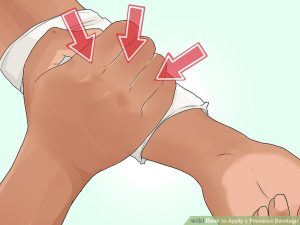
Step 3: Rinse with Water
Cleaning the wound is a crucial step in preventing infection. Contrary to popular belief, you don’t need hydrogen peroxide or iodine. Instead, rinse the wound in clear water to loosen and remove dirt and debris. Use a soft washcloth and mild soap to clean the surrounding area without introducing soap into the wound, which may cause irritation.
For burns, rinse the affected area under cool (not cold) water for 10 to 15 minutes. Alternatively, a cool cloth can be placed on the burn for the same duration. Seek medical attention for major burns or if large blisters form.
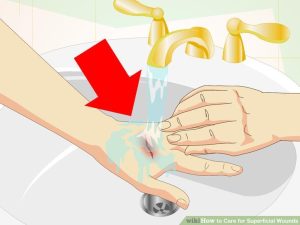
Step 4: Use an Antibiotic Cream or Ointment
After cleaning, the application of an over-the-counter antibiotic cream or ointment can be beneficial. Products like Neosporin or Polysporin help keep the skin moist, ward off infection, and promote the body’s natural healing process. It’s important to note that these may not be necessary for minor cuts or scrapes. However, for burn blisters that break open, a doctor may recommend a topical antibiotic.
Keep a watchful eye for any allergic reactions to the antibiotic cream or ointment. If a rash appears, discontinue use immediately.
Step 5: Bandage the Wound (Sometimes)
Determining whether to bandage a wound depends on its severity. For minor cuts or scrapes, leaving them exposed after cleaning may be sufficient. However, for deeper wounds or those prone to dirt exposure, applying a clean, sterile, nonstick bandage can prevent infection.
Change the bandage at least once a day or when it becomes wet or dirty. Be particularly cautious about covering wounds on areas prone to dirt or germs, such as hands or feet. Additionally, wounds that may rub against clothing, like a knee cut, should always be covered.
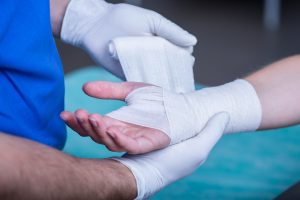
Aftercare:
Once the initial care is complete, it’s essential to practice proper aftercare to ensure optimal healing and minimize the risk of complications.
- Avoid Scab Picking: Resisting the urge to pick at scabs is crucial. Scabs are a natural part of the healing process, and interfering with them can lead to scarring.
- Monitor for Infection Signs: Keep a close eye on the wound for signs of infection, including increased redness or swelling, worsening pain, warmth around the wound, an unpleasant odor during cleaning, unusual or increased drainage, and the onset of fever or chills. If any of these symptoms occur, consult a doctor promptly.
- Tetanus Booster Check: For wounds that break the skin, especially puncture wounds, consult with your doctor about the necessity of a tetanus booster. Tetanus shots are typically recommended every 10 years, but certain wounds may warrant a booster. Explore other health problems
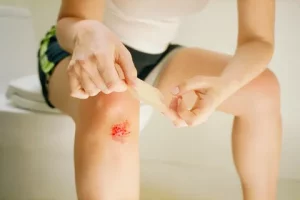
Conclusion
In conclusion, mastering the art of first aid for cuts, scrapes, and burns is an invaluable skill that empowers individuals to handle common injuries confidently. The comprehensive guide outlined the essential steps, from washing hands to applying gentle pressure for bleeding wounds, emphasizing the importance of cleanliness and proper wound care.
The myth that harsh chemicals are necessary for wound cleaning was dispelled, highlighting the efficacy of using clear water and mild soap. Additionally, the guide stressed the significance of aftercare, including avoiding scab picking, monitoring for signs of infection, and considering tetanus boosters for certain wounds.
The comparative table summarized key points, offering a quick reference for different wound scenarios. By adhering to these guidelines, individuals can administer effective first aid at home, promoting optimal healing and reducing the risk of complications.

